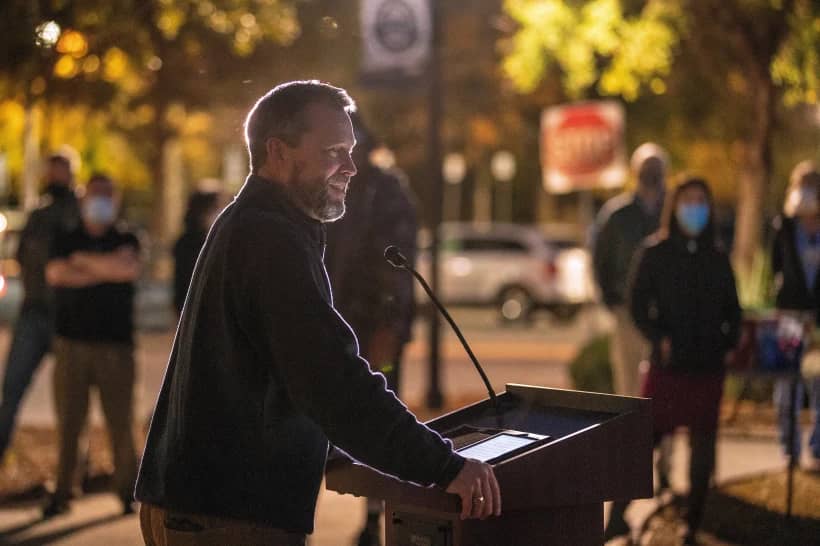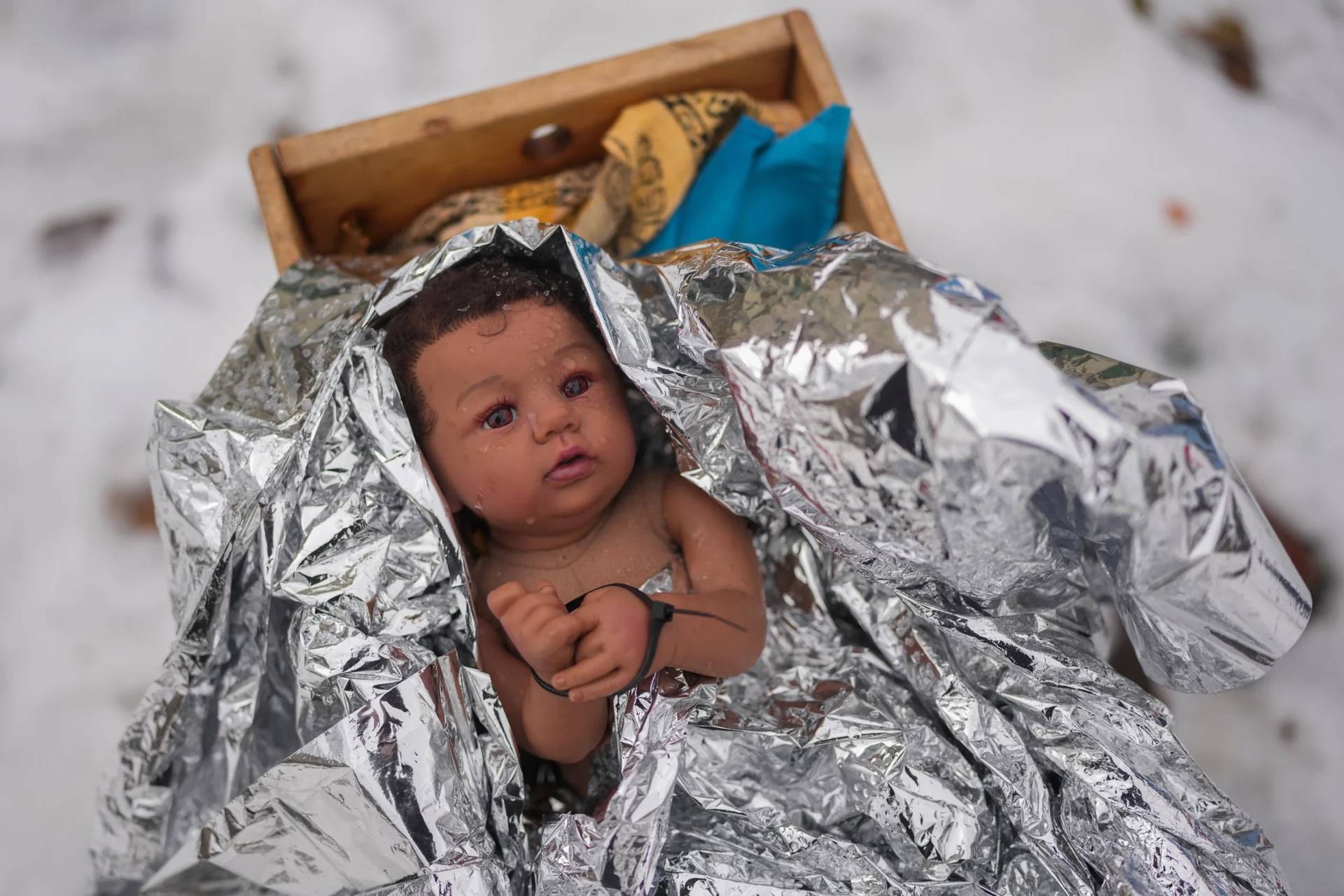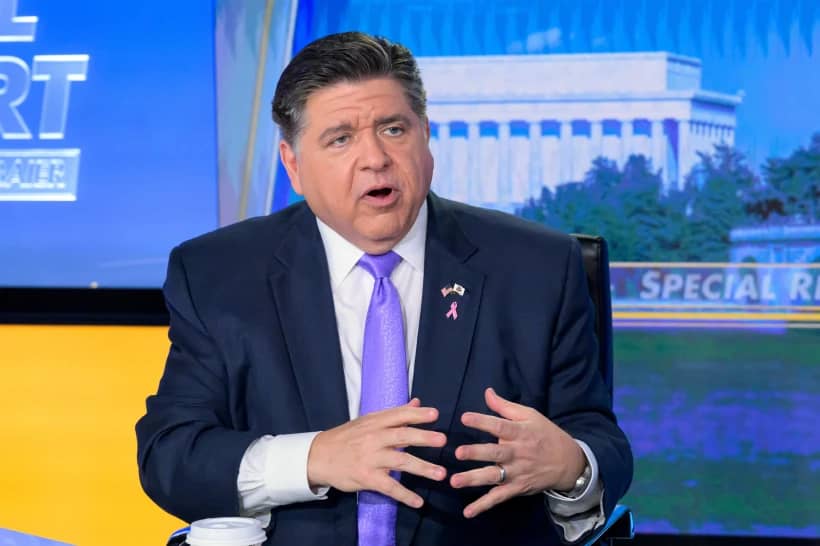ROME — Pope Francis is headed to Fatima, Portugal, for what will be the shortest two-day trip of his pontificate. He’ll be there for just 25 hours to celebrate the 100th anniversary of the famed apparitions of the Virgin Mary to three young shepherds, which became the center of one of the most storied Catholic devotions in the world.
Speaking of shepherds, he’ll declare two of them saints, Jacinta and Francisco Marto, during a Mass expected to draw 400,000 people on Saturday. They will become the two youngest, non-martyred saints in Church history.
Considered by many observers as the easiest of Francis’s trips, with security concerns not being as high as they were when he visited an active war zone by going to the Central African Republic, nor as politically charged as his two-day trip to Egypt last month. Nonetheless, it’s far from irrelevant.
Papal spokesman Greg Burke told journalists earlier this week that Francis’s May 12-13 trip is less of an apostolic visit and more of a “pilgrimage.”
There will be few of the pope’s signature stops when abroad: Just a 20 minute meet-and-greet with the Portuguese president and other civil authorities, an open-air Mass, and a lunch with the local bishops.
Yet there will be no stop at a prison or pediatric hospital, no off-the-cuff meeting with religious and the youth, and no specific inter-religious or ecumenical gesture.
At first sight, the story of the Fatima apparition is a simple one. In 1917, three young children, Lucia de Santos, who was 10, and her two cousins, the Martos, aged seven and nine, saw Mary, who identified herself as “Our Lady of the Rosary.”
The three were tending sheep in a field called Cova de Iria, which is the reason why they’re often called the “little shepherds of Fatima.” The Martos died soon after the apparitions ended, while Lucia lived on to become a Carmelite nun and died in 2005, at the age of 97.
During the six times the Virgin showed herself to the little shepherds, she urged them to pray the rosary, and to urge penance for the conversion of sinners and the consecration of Russia to her Immaculate Heart.
The three topics are bound to be in Francis’s heart during his visit. As a strong Marian devotee, he’s urged Catholics to pray the rosary countless times and to put in practice what the Church calls works of mercy.
Regarding Russia, he’s not expected to consecrate it to Mary’s heart on this trip, and for various political and ecumenical reasons, he’s not even expected to mention Russia. However, seeing that he’s on record saying he wants to visit the country, Francis is bound to at least think about the nation while in Fatima.
A fourth recurring issue of the Fatima messages, that of world peace through Mary, will probably be front and center.
Our Lady of the Rosary also gave the shepherds three “secrets,” one of which to this day remains contested, with pockets of Catholics here and there doubting the Vatican’s insistence that it was released in full during the Great Jubilee in the year 2000. Despite that, both Rome and Sister Lucia herself have stated time and time again that there’s nothing left to say.
According to the official Catholic interpretation – and put in very simplified terms – the three secrets involve Hell, the two world wars, and the Pope John Paul II’s assassination attempt in 1981, which took place on the feast day of Our Lady of Fatima.
RELATED: Pope Benedict denies there’s more to ‘Third Secret’ of Fatima
The trip closes the 100th anniversary celebrations of the apparitions, and as the bishop of Leira-Fatima said in a recent interview, the centenary “wouldn’t be complete without the presence of the pope,” since he’s a “part of the message of Fatima.”
The figure of the pope is present in the message both because the Virgin asked for prayers for the pontiff, and as the figure described as the “bishop in white” who leads a pilgrim Church that is persecuted.
“The centenary is a memorable, unforgettable date to give thanks to God for all the gifts that the message of Fatima has scattered throughout Portugal, but also in the whole world,” Bishop Antonio dos Santos Marto of Leiria-Fatima said in a recent interview.
RELATED: Papal visit completes Fatima anniversary celebrations
During his short stay in Portugal, Francis will deliver four public addresses: Soon after arriving, he’ll say a prayer and deliver a short speech in what is known as the chapel of the apparitions, considered the “heart” of the shrine of Fatima. It’s in this place where the Lady of the Rosary appeared to the little shepherds on five of the six occasions.
On Saturday, he will deliver a homily during the canonization Mass, and soon after, greet a group of ill people.
Many have wondered about the “grumpy” face of the two little shepherd’s in their official portraits. Miracle-researcher Michael O’Neill acknowledged that it’s unfortunate, seeing that their canonization can help energize young adults and children in their faith. The reason behind their faces, he said, is simple: There’s no picture of the two smiling.
“But, they did see hell … I imagine that anybody who’s seen hell wouldn’t be too excited,” he told Crux.
Official portrait of saints-to-be Jacinta and Francisco Marto, the little shepherds of Fatima. Francis will canonize them this Saturday. pic.twitter.com/lvB51h10GR
— Ines San Martin (@inesanma) May 8, 2017
The Marian expert also noted how Francis and his two immediate predecessors showed their “love for these child visionaries, almost more than any other modern-day saints.”
John Paul II beatified them in 2000, Benedict XVI went to Fatima in 2010, to mark the tenth anniversary of their beatification, and Francis speedily approved their canonization, making it coincide with the celebrations already being held.
All of his remarks during this trip will be in Portuguese, a language Pope Francis used during his first foreign trip, to Brazil, for World Youth Day Rio 2013.
The Argentine pontiff will be the fourth to visit Fatima, following the steps of Paul VI, John Paul II, and Benedict XVI. The Polish pope, who held a special devotion for Our Lady of Fatima, convinced she saved him from death when he was shot on May 13, 1981, visited the fabled site three times: In 1982, 1991, and in 2000.
He was so convinced of the Marian intervention when Ali Agca tried to kill him, that he gave the would-be assassin’s bullet to the bishop of Leira-Fatima. Ever since, it poignantly sits under the peak of the Virgin’s bejeweled crown.
He was not the only one who saw his escape from death as a direct Marian intervention.
“We cannot forget that [St. John Paul II] was saved by Our Lady of Fatima from the assassination attempt here in St. Peter’s. This is fundamental and central. It is never forgotten,” said Portuguese Cardinal Jose Saraiva Martins, former prefect of the Congregation for Saints’ Causes in a March 29 interview.
RELATED: No secret, last three popes share close bond to Fatima
Under the label of “random” things that will occur while Francis is in Portugal, the soccer field Fatima Municipal Stadium will be renamed Estádio Papa Francisco. A plaque renaming the stadium will be unveiled on the day of his arrival, though the pope is not scheduled to participate in the renaming ceremony.
Despite the shortness of Francis’s trip, Paul VI’s – back in 1967 – was actually shorter: He was in Fatima for less than six hours.
This, however, did not deter the crowds: According to the records, some three million people took part in the Mass the pope celebrated there, on the fiftieth anniversary of the apparition – a million in front of the basilica, and two more in the surrounding area.
This will be Francis’s 19th trip outside of Italy, and Portugal is the 28th nation he will have visited. So far, there’s only one other trip on the agenda, which is Colombia in September. However, there are others being considered for later in the year, including South Sudan, India, and Bangladesh.
Given that last year’s trip to Greece was announced less than 10 days before it happened, with little to no buzz in the rumor mill, it is not too far-fetched to imagine something similar may happen this year as well.














